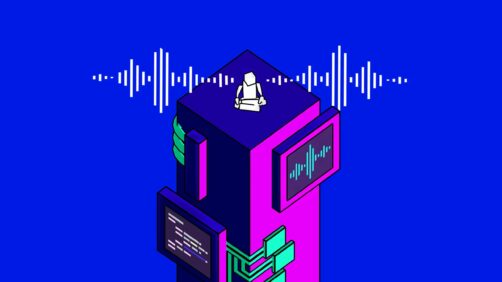We are getting close to a new NVDA release! Let’s start with that:
2022.2 RC1
NVDA 2022.2 RC1 is now available! As a release candidate build, this is the final step before the stable build comes out. We encourage all users to download and test the NVDA 2022.2 Release Candidate. If any issues are identified, it is easier to address them now before the final version comes out.
NVDA 2022.2 includes many bug fixes. Notably, there are significant improvements for Java based applications, braille displays and Windows features.
New table navigation commands have been introduced. Unicode CLDR has been updated. LibLouis has been updated, which includes a new German braille table.
Read more and download from: the NVDA 2022.2 Release Candidate announcement.
Java updates
One of our big updates this time around is: “significant improvements for Java based applications”. While Java isn’t as widely used as it used to be, it is still popular in many programming environments. IntelliJ is one popular IDE which benefits from these updates. Adobe Reader also uses Java and will benefit from these improvements. We are aware of issues with Adobe Reader at present and have been working with Adobe to address these. Adobe have recently started rolling out some fixes from their side. These have greatly helped the situation for many users. We are currently testing some additional fixes from our side which are too late for NVDA 2022.2. These are on track for 2022.3 and should further improve the experience with Adobe Reader for all users.
Thanks to ISCB.de

Interessengemeinschaft sehgeschädigter Computerbenutzer e.V., or ISCB is the Interest group for visually impaired computer users in Germany. They are great supporters of NV Access and encourage their users to donate to support us. Donations like theirs help keep NVDA free for anyone to use, anywhere in the world. We extend our heartfelt thanks to ISCB, and to all our generous donors! Check out the great work ISCB do at https://www.iscb.de/
We are equally grateful to those who came on board recently during our #NVeofy call to action, and to those who have been donating quietly for years! We appreciate you all.
The History of Screen Readers

History of Screen Readers cover image (from The Verge article) – features a stylized geometric person sitting on a tower covered in screens and cables with sound waves coming out to either side, all in blues, pinks and turquoise.
The Verge have published an article on “The Hidden History of Screen Readers”. The article goes from the early days of screen readers in the 1970s through to the cutting edge of NVDA today. The piece also picked up on one of the key reasons NVDA exists. It notes the “hefty price tag of commercial screen readers”. This contrasts with “89% of people with vision loss come from low and middle income countries”. “For a long time, a good, reliable screen reader was simply not an option for the majority of blind or partially sighted people around the world”. The article goes on to cover Mick and Jamie’s friendship, the formation of NV Access and the rise of NVDA into the force it is today. The article also has an interview with programmer and NVDA user, Tuukka Ojala. Read the full article on The Verge.
An online publication, The Verge was founded in 2011 “to examine how technology will change life in the future for a massive mainstream audience”. This week, the Verge are running a series of stories for Accessibility Week. As well as the History of Screen Readers, there are interesting stories on ride sharing and on twitter accessibility bots. All these articles are available in The Verge Accessibility Week section.
CAVI Python course
The Cisco Academy for the Vision Impaired is part of Curtin University, in Western Australia. They regularly run online courses for screen reader users anywhere in the world. They have just announced their next term of courses, which includes “Python Essentials”. Given much of NVDA is written in Python we often get questions about learning Python. If you are interested in learning Python, this is a great opportunity we’d encourage you to explore!
Find out more from CAVI’s Facebook post.
NVDA Certification update discount
NVDA Expert Certification image (NVDA logo with a ribbon and wearing a mortarboard).
If you’d like to hone your NVDA skills first, a great place to start is Basic Training for NVDA. It is available in electronic text, human-read audio and UEB Braille.
If you’re confident with the material in Basic Training for NVDA, the NVDA Certified Expert Exam will help you tell the world about your skills! You can also advertise the services you provide on our Certified Experts list! We regularly direct users there who are looking for a local expert to help them.
If you have purchased NVDA certification previously, you are eligible to update your certification at a massive 50% discount! You can upgrade to the latest NVDA Certified Expert 2022 certificate with 50% off. Select the “NVDA Expert Certificate Renewal” option before heading to the checkout.
That’s all for this week. Please do test out the NVDA 2022.2 Release Candidate. If you find anything not as it should be, please do let us know as soon as possible. All going well, by the time you are next reading In-Process, NVDA 2022.2 should be out. We’ll be back then with more details.